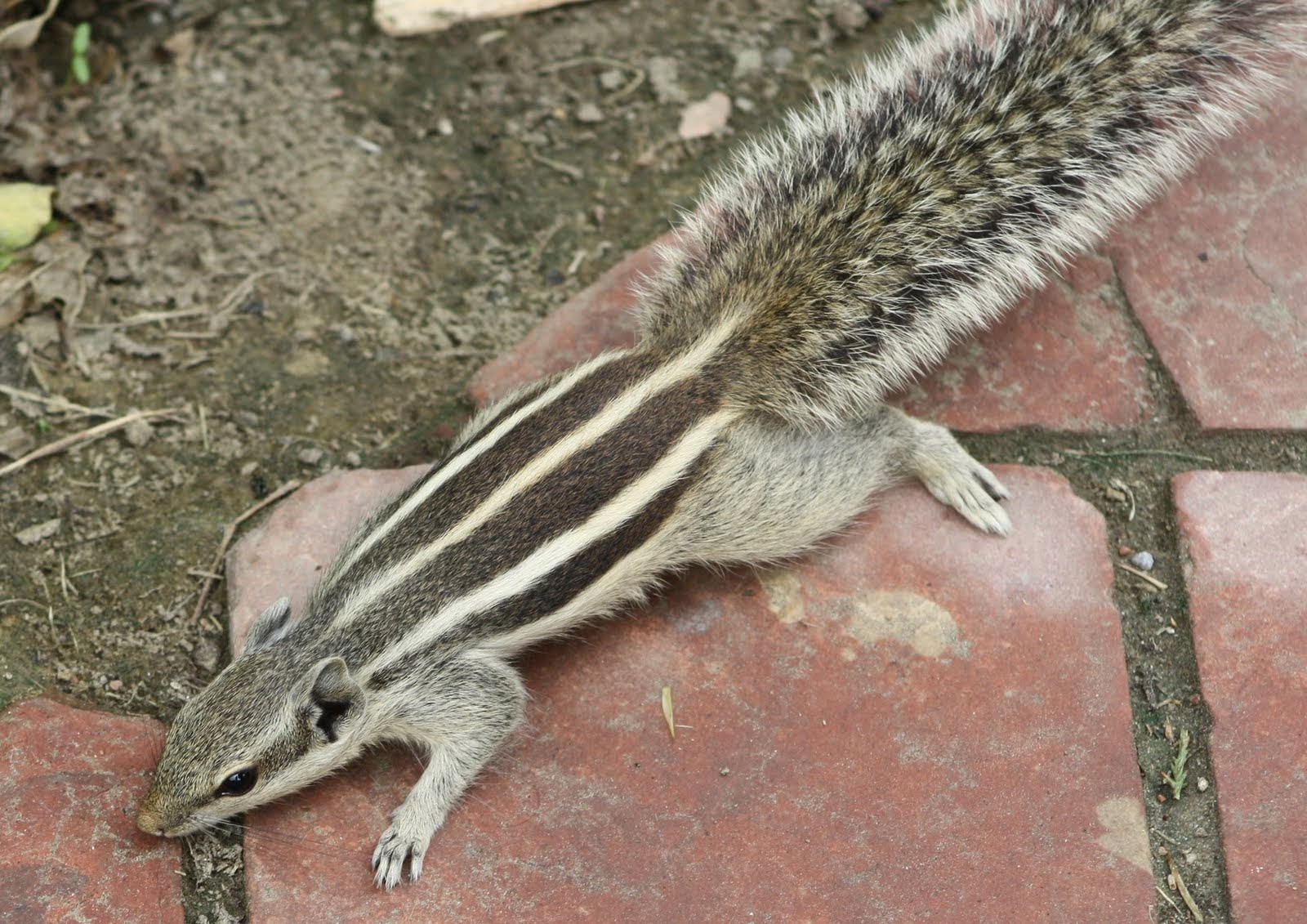Sri Lanka Elephant (Elephas Maximus Maximus)
Sinhalese: Aliya, Atha (tusker)
Tamil: Yanei
Description: The average height of an adult male is about 2.5 meters at the shoulder, although in rare instances, they have been known to reach 3 meters. The female is about 15 cm shorter. If the circumference of the fore-foot is measured and then doubled, it will give an approximate height of the elephant. A very few males have tusks, the females never grow them, but occasionally both sexes may have small tushes which are really the incisor teeth. The elephant has 6 sets of teeth which continue growing throughout its 60-70 years of life. The new teeth come from the back and push the old teeth forward where they are worn down by the continuous chewing. When the final set has been used, the elephant’s life is at an end as it can no longer feed itself. In the prime of life an elephant can weight as much as 3,000 kg.
Distribution: Elephants are found in the jungle areas of the island. These are mostly in the northern, eastern and south-eastern lowland dry zones. In former days they inhabited forests throughout the island, but in more recent years many of those forests have given way to cultivation, to the detriment of the elephant. Up until recently all elephants in Sri Lanka were born wild, captive breeding by the National Zoological Gardens being a new development.
Habits: Wild elephants live in family herds of females and young of approximately 12-20 or more; the leader being an old cow. The adult males tend to be solitary, but are usually not far from the herd. Their food consists of 275-300 kg of grasses, leaves and fruits per day, which they usually eat during the early morning and late afternoon, spending the heat of the day resting in the thick jungle. Two or three times a day they go to drink, where they love to spend time bathing and wallowing, covering themselves with mud and sand against insects and sunburn. During periods of drought, when food becomes scarce, they migrate, sometimes long distances, walking often in single file. Occasionally the males become over-exited and secrete an oily discharge from a gland on their temple. They are then said to be “in musth”, and can be very dangerous. An elephant’s eye-sight is poor, but they have an excellent sense of smell and hearing.




Comments
http://chithula.blogspot.com/